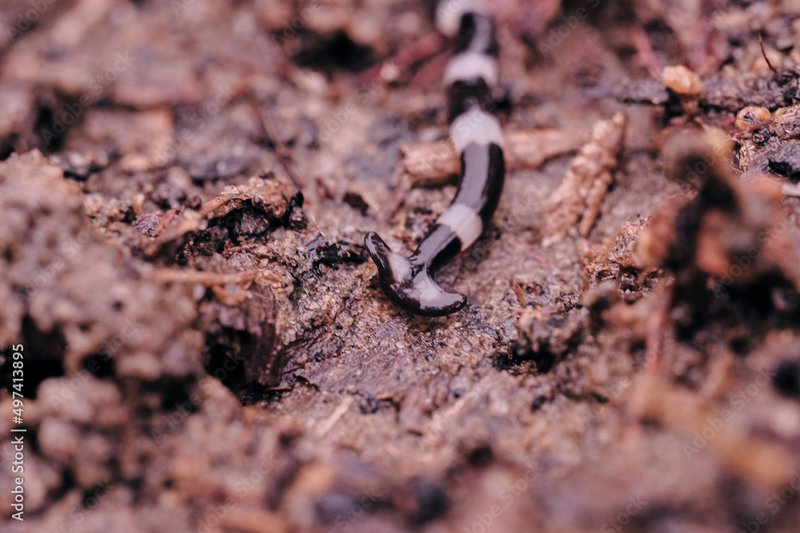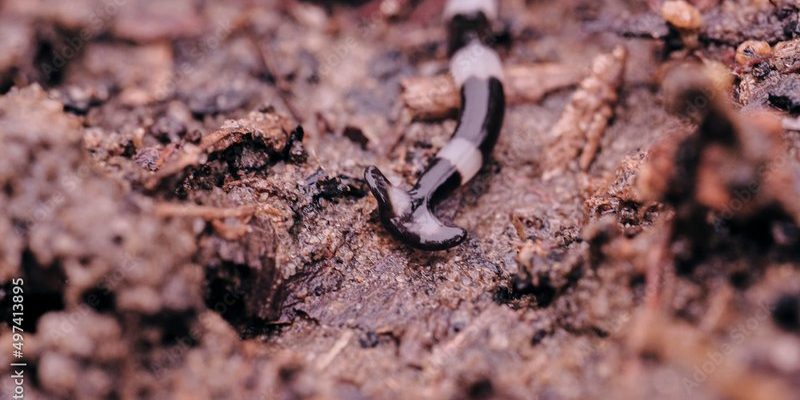
So, what’s the big deal about these hammerhead worms? Why should we care about their spread? Well, these creatures aren’t your average garden dwellers. They can be harmful to the ecosystem and may even threaten local species. Understanding how they spread through soil and mulch can help us make more informed choices when purchasing garden supplies. Let’s dive into this topic and explore what hammerhead worms are, how they spread, and what we can do to keep our gardens safe.
What Are Hammerhead Worms?
Hammerhead worms, scientifically known as *Bipalium kewense*, are a type of flatworm. They have a distinctive shape, resembling a hammer or a spade, which is how they got their name. These worms can grow quite large, sometimes reaching lengths of up to 12 inches! They come in various colors, often displaying a mix of brown and green, which helps them camouflage in their environment.
You might be wondering where they fit into the ecosystem. Well, hammerhead worms are predators. They primarily feed on earthworms, which are essential for soil health. Think of them as the “bad guys” in the garden, competing with beneficial worms and potentially disrupting the delicate balance of our soil ecosystems.
How Do Hammerhead Worms Spread?
The spread of hammerhead worms is largely attributed to human activities, especially through the trade of soil and mulch. When gardeners or landscapers purchase these products, they may unknowingly introduce hammerhead worms into new areas. These worms can easily hitch a ride in the soil, mulch, or even potted plants.
Additionally, hammerhead worms can reproduce both sexually and asexually. This means that even a small fragment of a worm can potentially grow into a new individual. It’s like having a mini clone army! The more they spread, the more challenging it becomes to control their population.
You might be asking why this is such a massive concern. It’s not just a matter of personal preference when it comes to garden aesthetics; it’s about protecting local biodiversity. The arrival of hammerhead worms could lead to a decline in native earthworm species, which play a crucial role in maintaining soil health.
The Role of Soil and Mulch Trade
Now, let’s talk about the soil and mulch trade itself. Many people buy garden supplies without thinking twice about what’s in the bags they bring home. Unfortunately, this lack of awareness can have serious consequences. When soil and mulch are sourced from areas where hammerhead worms are already present, they can be transported to new regions, effectively spreading the worm population.
To make matters worse, the popularity of mulch gardening has led to increased demand for organic materials. While organic mulch may be more eco-friendly, it can also carry pests and pathogens, including hammerhead worms. So, what can we do to mitigate this issue?
Being proactive is key. Before purchasing any soil, mulch, or plants, consider where they come from. It’s essential to buy from reputable suppliers who take steps to ensure their products are free from invasive species.
Identifying Hammerhead Worms in Your Garden
Detecting hammerhead worms might not be as straightforward as you think. These worms are nocturnal, meaning they’re active at night. During the day, they often hide under rocks, leaves, or mulch, making them hard to spot. However, if you see a flat, elongated worm with a hammer-like head, it’s likely a hammerhead worm.
One way to identify them confidently is by their movement. Unlike typical earthworms, which wriggle along the ground, hammerhead worms glide gracefully across surfaces. They can even move quickly when disturbed, so don’t be surprised if they dart away when you try to check them out.
If you suspect you have hammerhead worms in your garden, it’s important to take action. Monitoring your garden regularly can help you catch these invaders before they cause significant damage.
Managing Hammerhead Worm Populations
If you find hammerhead worms in your garden, don’t panic. There are ways to manage their populations effectively. Here are a few strategies you might consider:
- Hand Removal: If you see a hammerhead worm, you can simply pick it up with gloves and dispose of it. Make sure to seal it in a plastic bag to prevent it from escaping.
- Soil Treatments: Some natural treatments, like diatomaceous earth, can help control worm populations. Sprinkling it in affected areas can deter these pests.
- Preventive Measures: As previously mentioned, buying soil and mulch from trusted sources is crucial. Look for products that are certified pest-free.
By taking these steps, you can help safeguard your garden and reduce the chances of hammerhead worm invasions.
The Future of Hammerhead Worm Spread
With the rise of global trade and increased movement of plants and soil, the spread of hammerhead worms is likely to continue. As they adapt to new environments, they could pose an ever-greater threat to native species and ecosystems.
It’s essential for gardeners, landscapers, and homeowners to stay informed about these creatures and their potential impact. Awareness is the first step toward proactive measures. By educating ourselves and others about hammerhead worms, we can work toward minimizing their spread.
In conclusion, the spread of hammerhead worms through soil and mulch trade is an issue that deserves our attention. These worms may look intriguing at first, but their presence can disrupt our gardens and local ecosystems. By understanding how they spread, identifying them, and taking proactive measures, we can protect our gardens from these uninvited guests.
So, the next time you’re shopping for soil or mulch, remember to ask questions about where those products are sourced. Keeping our gardens healthy is a team effort, and with the right knowledge, you can be part of the solution. Let’s work together to ensure that our green spaces thrive, free from the threat of hammerhead worms.

